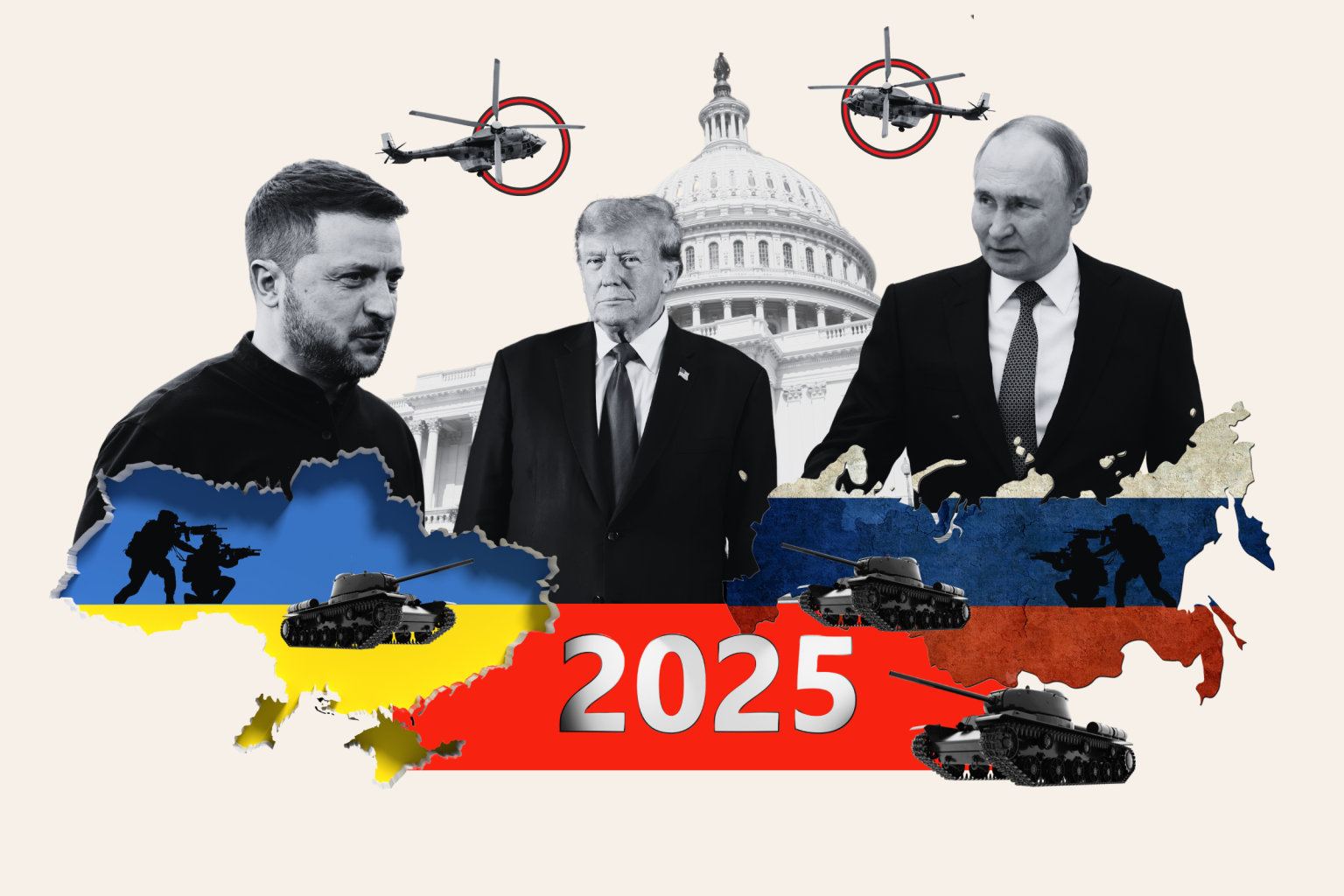The Uncertain Future of the War in Ukraine: A Looming Crossroads in 2025
The dawn of 2025 casts a long shadow of uncertainty over the ongoing war in Ukraine. Russia appears poised to maintain its battlefield momentum, exploiting attrition tactics to gain ground, while anxieties escalate regarding the future of American aid to Kyiv under the incoming Trump administration. President-elect Trump’s promise to end the conflict hangs heavy in the air, leaving experts and the international community grappling with the potential ramifications of his foreign policy approach. The conflict, entering its fourth year in February 2025, has inflicted immense suffering on Ukraine, devastating its cities and claiming thousands of lives. The security landscape of Europe has been irrevocably altered, and the prospect of a swift resolution remains elusive.
A central point of contention revolves around the fate of the four Ukrainian regions – Kherson, Zaporizhzhia, Luhansk, and Donetsk – which Russia claims to have annexed. Moscow asserts that these territories will be fully under its control in 2025, a claim vehemently rejected by Ukrainian President Zelensky, who maintains that ceding any Ukrainian territory is constitutionally impossible. This fundamental disagreement sets the stage for protracted negotiations, complicated further by Zelensky’s assertion that the incoming U.S. administration will not have access to crucial military and diplomatic intelligence until after Trump’s inauguration. The lack of transparency and the potential for miscommunication could exacerbate existing tensions and hinder progress towards a peaceful resolution.
The intricacies of Trump’s planned approach to the conflict remain ambiguous. While his transition team is reportedly developing a plan to broker talks between Kyiv and Moscow, the details of this plan are yet to be revealed. Complicating matters further is the uncertainty surrounding the role of Keith Kellogg, Trump’s nominated envoy to Ukraine and Russia. Kellogg, a proponent of a conditional aid policy tied to negotiations with Putin and a potential conflict freeze, presents a stark contrast to the current U.S. strategy. This divergence in approach could significantly impact the trajectory of the conflict and the level of support Ukraine receives from its key ally. Furthermore, Trump’s previously expressed willingness to negotiate with Putin raises concerns about potential concessions that might be made at Ukraine’s expense.
The potential shift in U.S. policy under Trump introduces a layer of complexity to an already volatile situation. Experts warn that a reduction in American military aid could severely hamper Ukraine’s ability to repel Russian advances, placing immense pressure on Kyiv to enter negotiations from a position of weakness. Trump’s potential leverage in negotiations, including the threat of withdrawing aid, easing sanctions on Russia, or offering NATO assistance short of full membership, could significantly influence the outcome. However, these tactics carry the risk of alienating Ukraine and potentially emboldening Russia, further complicating the path to peace. The possibility of a frozen conflict, with unresolved territorial disputes and recurring escalations, looms large. Such a scenario, while potentially averting further bloodshed in the short term, would leave the underlying tensions unresolved, creating a volatile and unpredictable environment.
Adding to the complexity of the situation is the unpredictable nature of Trump’s foreign policy. His unconventional approach could lead to erratic decisions, ranging from threatening military intervention to imposing unforeseen trade restrictions. Such unpredictability could either bolster Ukraine’s position by fostering Western unity or escalate tensions, depending on the specific actions taken. Amidst this uncertainty, a key question remains: will Putin be willing to negotiate in good faith? While he has expressed a willingness to engage in talks, his track record suggests a preference for achieving his objectives through military force. The significant allocation of Russian budget funds to defense and national security further underscores his commitment to continuing the war, regardless of external pressure.
While the possibility of a decisive end to the war in 2025 exists, a more plausible scenario involves a protracted conflict characterized by ongoing skirmishes and unresolved territorial disputes. Even if negotiations are initiated, the deep-seated disagreements between the parties and the unpredictable nature of Trump’s foreign policy create significant obstacles to achieving a lasting peace. The potential for a frozen conflict, with its attendant instability and recurring flare-ups, remains a significant concern. The coming year will likely be a crucial turning point in the war in Ukraine, and the decisions made by the involved parties will have far-reaching consequences for the region and the world.
The path to peace in Ukraine is fraught with complexities and uncertainties. The contrasting positions of Ukraine and Russia, coupled with the unpredictable nature of the incoming Trump administration’s foreign policy, create a volatile and unpredictable environment. While a decisive end to the war remains a possibility, the more likely scenario involves a continuation of the conflict in some form, whether through ongoing skirmishes or a frozen stalemate. The international community faces a challenging task in navigating these complexities and finding a sustainable path towards peace. The year 2025 promises to be a pivotal year for the future of Ukraine, and the decisions made in the coming months will have profound and lasting impacts.

